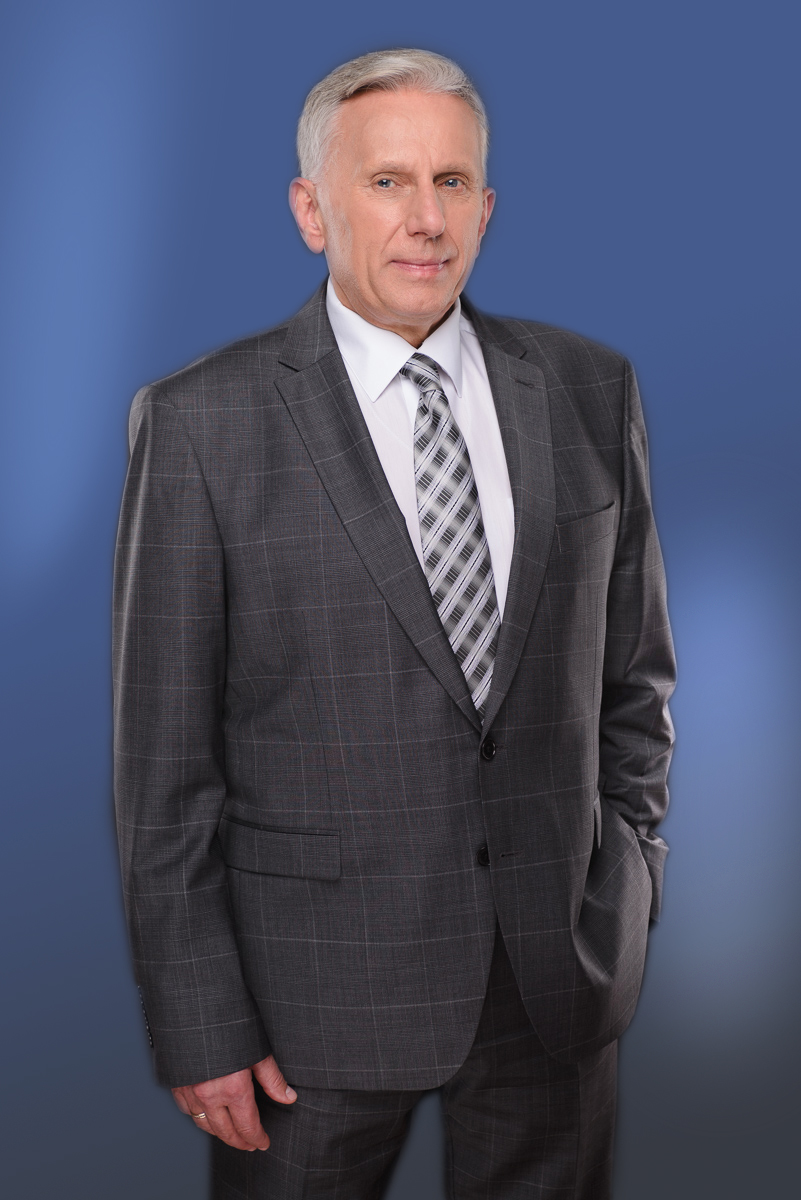| Article title | The President and the Executive Branch: Relationship of These Institutions in the Practice of Modern Republics | ||
| Authors |
Candidate of Political Sciences, associate professor of the department of the state and legal fields of study of the Academic and Research Institute of Law named after Malynovskii of the National University “Ostroh Academy” (Ostrog, Ukraine) ORCID ID: https://orcid.org/0000-0003-4469-7762 roman.s.martyniuk@ukr.net
|
||
| Name of magazine | Legal journal «Law of Ukraine» (Ukrainian version) | ||
| Issue | 3/2020 | ||
| Сторінки | [256-269] | ||
| DOI | https://doi.org/10.33498/louu-2020-03-256 | ||
| Annotation | The relationship model between Head of the State and the executive branch largely determines the essence of the form of government. Each republican form of government establishes its own intrinsic way of the President – the executive branch relationship. In modern republics, considerable differences can be seen both in the way the President is connected to the executive branch, and in the extent of such connection. The arrangement of State power in republics with presidential and parliamentary forms of government embodies two alternative ways of the President - the executive branch relationship. While in the presidential republic the President is connected to the executive branch structurally and heads the system of its bodies, in the parliamentary republic the President is distanced from the executive branch to the fullest possible extent. In a mixed republic, the President is beyond the executive branch structurally but is significantly integrated into it functionally. Different ways in which the President and the executive branch are related rest upon different doctrinal approaches to the understanding of the functional nature of the President and the President’s role in the State mechanism. The search for an optimal structural and functional relationship between the President and the executive branch has always been the keynote in the entire history of development of the republican form of government. The results of this search are manifested in the diversity of modern republics. However, even today the President – the executive branch relationship remains the issue in the focus of scientific debates. The accumulated experience of the republican State-building demonstrates that both the structural merger of the President with the executive branch and the maximum distance between these institutions limit the functional potential of Head of the State and engender executive power concentration in the hands of a single person. The relationship of the President and the executive branch becomes a particularly critical issue in the post-Soviet republics, where the intention to enhance the executive branch’s efficiency by increasing the President’s influence on it was in many cases implemented very carelessly. In most post-Soviet republics, at least at the initial stage of their development, enhancement of the constitutional status of the President reached a critical limit making the system of executive authorities administratively subordinated to the President. This eventually distorted the nature of the mixed republican form of government used in these republics and became one of the most important causes triggering the development of the superpresidency phenomenon. The relationship of the President of Ukraine with the executive branch is a key issue for determining the prospects of the constitutional correction of the national form of government. Across the full range of contexts, any type of connection of the President of Ukraine and the executive branch should neither interfere with the constitutional functions of Head of the State, nor turn the latter into an actual head of the executive branch.
|
||
| Keywords | mechanism of the State; form of government; presidential republic; parliamentary republic; mixed republic; the President; executive branch; dualism of executive branch | ||
| References |
Bibliography
Authored books 1. Arutyunyan A, Institut prezidenta Respubliki Armeniya (Sravnitelno-pravovoy analiz) [Institution of the Presidency in the Republic of Armenia (Comparative Legal Study)] (Mhitar Gosh 1996) (in Russian). 2. Chirkin V, Glava gosudarstva. Sravnitel’no-pravovoe issledovanie [Head of State. Comparative Law Study] (NORMA: Infra-M 2010) (in Russian). 3. Chirkin V, Publichnaya vlast [Public Power] (Yurist 2005) (in Russian). 4. Hangtington S, Politicheskiy poryadok v menyayuschihsya obschestvah [Political Order in Changing Societies] (Progress-Traditsiya 2004) (in Russian). 5. Serjoghina S, Teoretychno-pravovi ta orhanizatsiini zasady funktsionuvannia instytutu prezydentstva v Ukraini: monohrafiia [Theoretical Framework and Organizational Principles of Functioning of the Institution of the Presidency in Ukraine] (Ksilon 2001) (in Ukrainian). 6. Shapoval V, Konstytutsiine pravo zarubizhnykh krain: pidruchnyk [The Constitutional Law of Foreign Countries: Textbook] (Yurinkom Inter 2006) (in Ukrainian). 7. Shapoval V, Prezydent u mekhanizmi zdiisnennia derzhavnoi vlady [The President in the Mechanism of Implementation of Governmental Authority] (Natsionalnyi instytut stratehichnykh doslidzhen 1995) (in Ukrainian).
Edited and translated books 8. Ardan F, Francija: gosudarstvennaja sistema [France: The State system] (Filippov L per, Juridicheskaja literatura 1994) (in Russian). 9. Averianov V, ‘Vykonavcha vlada v Ukraini: orhanizatsiia ta rozvytok instytutiv’ [‘Executive Power in Ukraine: Organization and Development of Institutions’] v Shemshuchenko Yu (red), Derzhavotvorennia i pravotvorennia v Ukraini: dosvid, problemy, perspektyvy: monohrafiia [State Formation and Lawmaking in Ukraine: Experience, Problems, Prospects: Monograph] (Instytut derzhavy i prava im V M Koretskoho 2001) (in Ukrainian). 10. Okun’kov L (red), Konstitucii gosudarstv Evropejskogo Sojuza [Constitution of the European Union] (NORMA–INFRA-M 1999) (in Russian).
Journal articles 11. Petryshyn O, ‘Forma derzhavnoho pravlinnia v Ukraini: do poshuku konstytutsiinoi modeli’ [‘Form of State Government in Ukraine: in Search of Constitutional Models’] (2014) 8 Pravo Ukrajiny (in Ukrainian). 12. Shapoval V, ‘Vykonavcha vlada v Ukraini u konteksti formy derzhavnoho pravlinnia (dosvid pislia pryiniattia Konstytutsii Ukrainy 1996 roku)’ [‘Executive Power in Ukraine in a Context of the Form of the State Board (Experience after Accepting ofthe Constitution of Ukraine 1996)’] (2016) 4 Pravo Ukrainy (in Ukrainian).
|
||
|
|||





.png)






